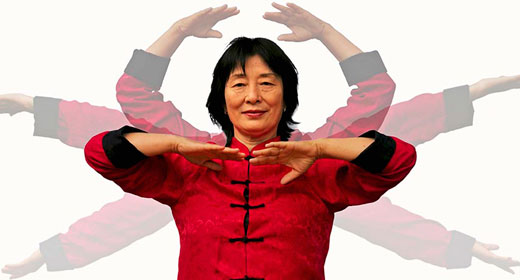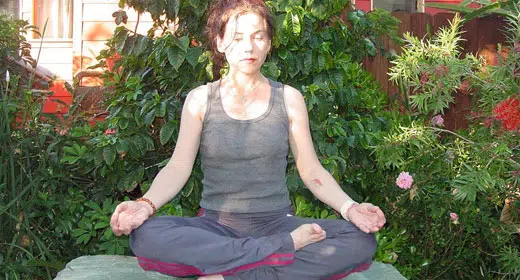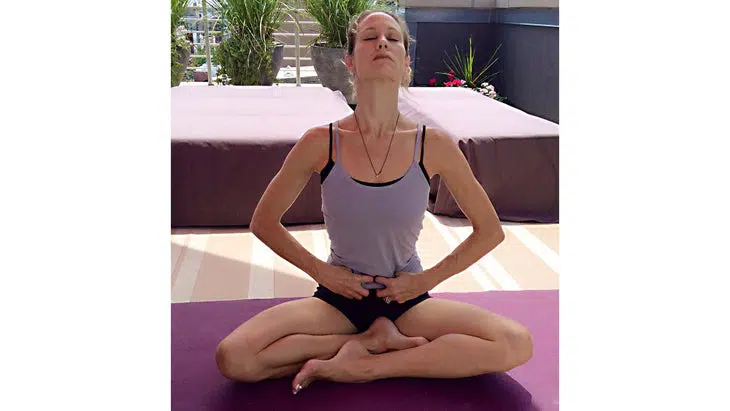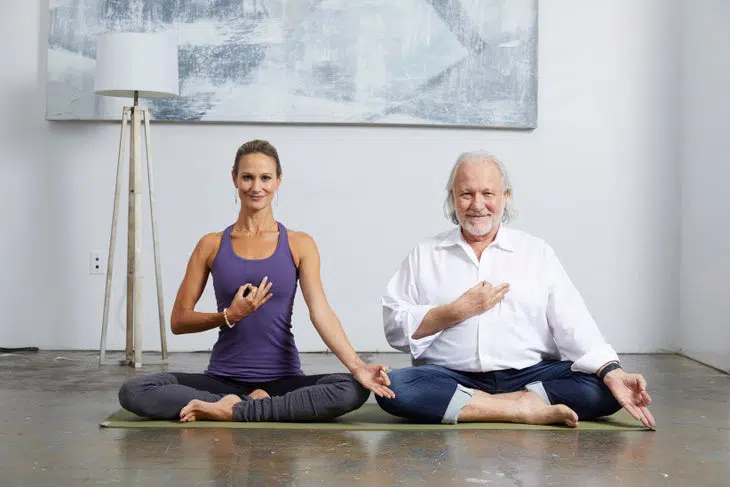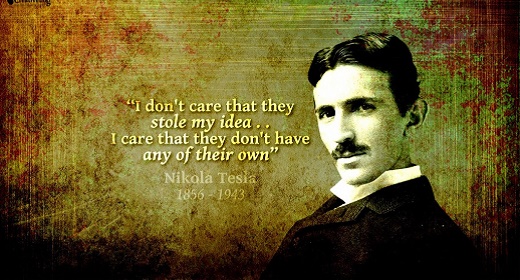by Sahara Rose Ketabi: This tantric breathing practice from Sarah Platt-Finger can help you achieve a state of oneness, also known as samadhi…
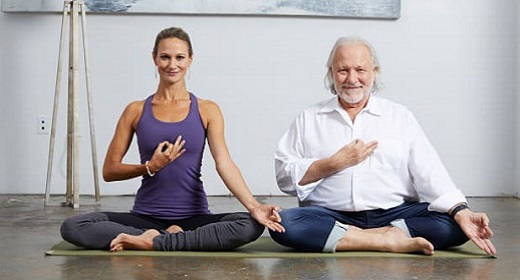
Contrary to popular belief, tantra is not just a sexual practice, but rather a system of yoga that accepts all: feminine and masculine, light and shadow. There is no good or bad in tantra; there just is. It is a practice of full acceptance and embodiment. The goal of tantra is to merge Shiva (masculine energy) and Shakti (feminine energy). Shiva is where all knowledge comes from, while Shakti is the force of manifestation.
“When they separate, duality begins,” explains Sarah Platt-Finger, co-founder of ISHTA Yoga, who co-led a recent workshop on tantra at Yoga Journal Live with her husband, Alan Finger. “When they merge, there is oneness, also known as samadhi. This is the state beyond time, shape, form, and identity. It is the state of yoga.”
Understanding Shiva and Shakti
Whether we identify as male or female, we all have Shiva and Shakti energy within us. Shiva is located at the top of our heads (crown chakra), while Shakti is located in the base of our spines (root chakra). “When Shakti moves up the body from orgasm, Shakti moves back to Shiva and we access insight, inspiration, and universal intelligence,” Platt-Finger explains.
Tantra teaches us how to direct our sexual energy to connect with Brahma, or universal source energy. If everyone knew how to control this energy and channel it into creativity and higher evolvement, we might not have so much sexual dysfunction in our society. As tantra grows in popularity, it may help heal the masculine and feminine energies that we all encounter within us and in the world around us.
This tantric breathing practice, which Platt-Finger taught at Yoga Journal Live, can help move Shakti energy up to merge with Shiva to help you achieve oneness.
Tantric Breathing Practice
1. Bhastrika (Bellows Breath)
Breathing in and out vigorously, allow the belly to move out on the inhale and draw back in on the exhale, 27 times. As you breathe out, feel the pelvic floor lifting up, which helps to bring blood flow to that region. Energetically, this technique helps to release the coil of energy known as Kundalini that gets held at the base of the spine due to belief patterns, known as avidya. After 27 rounds of Bhastrika, take a full breath in and hold, retaining the breath. Clamp the abdominal muscles at the lower abdomen and as you retain the breath, lift and lower the head gently 3-5 times.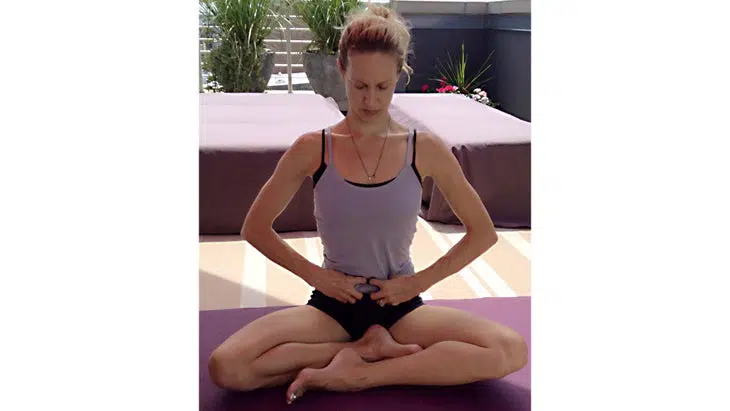
2. Release the clamp.
With the head down, slowly release the clamp, bringing the palms to face up on the thighs. As you exhale, allow the head to float back up. Let your breath adjust.
3. Ahamkara mudra
Using your right hand, bring your thumb and index finger to touch as if you are pinching something very small, and pierce the point right at the center of the chest using this mudra (ahamkara mudra). Visualize light expanding from your heart out into each cell of your body, and into an aura of light around you. Bathe in the light of your own radiance.
Want More Tantra Practices from Sarah and Alan?
Join Sarah and Alan’s 4-week online course, Chakras 101: Unleash the Wisdom and Vitality Within. Through lessons, meditations, asana, mantras, and visualizations from Tantra and Kriya traditions, you will learn how to balance these whirling forces of subtle energy, from root to crown. Sarah and Alan will fill in the blanks and discuss what, exactly, chakras are, where they came from, and how they work. Most importantly, this workshop will teach you the practices and tools to: align your body, mind, and spirit; carry yourself with more confidence and ease; and tap into your innate intelligence and power.

